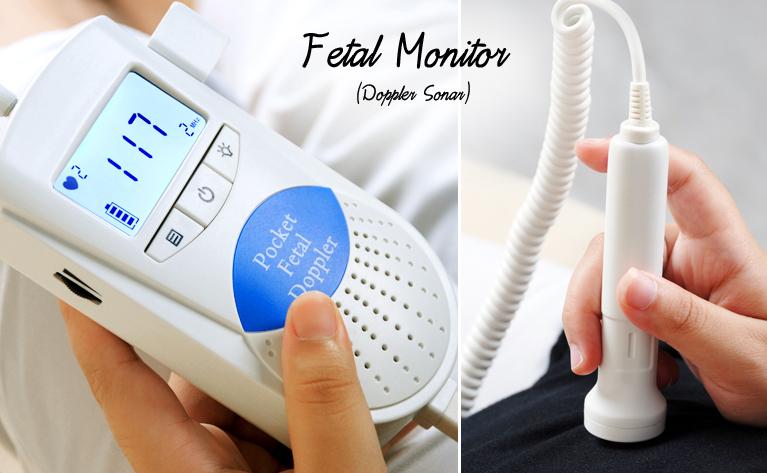


The electrode and the tube are attached with wires to a recording device. The tube connects to a device that monitors your contractions.Ī belt is placed around your upper leg to keep the monitor in place. A thin wire (electrode) will be put through your cervix and attached to your baby's scalp. Internal monitoringįor internal monitoring, you will most likely lie on your back or left side. The position of the heart rate monitor may be changed now and then as your baby moves. This device can show or print out a record of your baby's heart rate and how long each contraction lasts. The sensors are attached with wires to a recording device. Gel may be applied to provide good contact between the heart rate sensors and your skin. Two belts with sensors attached will be placed around your belly. External monitoringįor external monitoring, you may lie on your back or left side. Your baby's heart rate may be checked with an internal sensor, and your contractions may be checked with an external sensor. Sometimes both types of monitoring will be done at the same time. If it is needed and your amniotic sac has not broken, your doctor may break the sac to start the test. Internal monitoring is used only when you are in labour and your amniotic sac has broken. Internal monitoring is more exact than external monitoring for keeping track of your baby's heart rate and your contractions.Įxternal monitoring can be done at any time after 20 weeks of pregnancy. The strength and timing of your contractions is often printed out on a chart. Your baby's heartbeat may be heard as a beeping sound or printed out on a chart.Ī small tube that measures contractions may be placed in your uterus next to your baby.

The electrode is then attached to your baby's scalp. A thin wire (electrode) from the sensor is put through your cervix into your uterus. After it is started, it is continued until delivery.įor internal monitoring, a sensor is strapped to your thigh. And your amniotic sac must have already ruptured. It can be done only after your cervix has dilated to at least 2 centimetres (cm). Internal monitoring is done during labour. Using a remote monitor allows you to walk around freely. This monitor is usually at a nurse's station. At some hospitals, the sensors can send the details about your baby's heart rate and your contractions to a remote monitor. It allows you to be checked without being hooked up to a machine. Sometimes external monitoring is done remotely. How often you have contractions and how long they last may be printed on a chart. Your baby's heartbeat may be heard as a beeping sound or printed out on a chart. The sensors are connected to a machine that records the details. The other sensor measures how long your contractions last. One sensor uses reflected sound waves (ultrasound) to keep track of your baby's heart rate. They are held in place with elastic belts on your belly. More often, it is done using two flat devices (sensors). Sometimes it's done during labour.Įxternal monitoring can be done by listening to your baby's heartbeat with a special stethoscope. You may have external monitoring at different times during your pregnancy. Two types of monitoring can be done: external and internal. Your baby's heart rate is a good way to tell if your baby is doing well or may have some problems. It also shows how long each contraction of your uterus lasts. It keeps track of the heart rate of your baby ( fetus).

Electronic fetal heart monitoring is done during pregnancy, labour, and delivery.


 0 kommentar(er)
0 kommentar(er)
